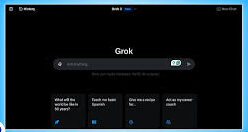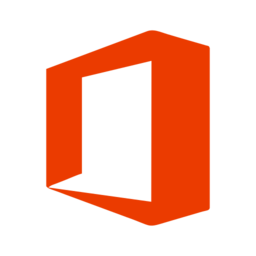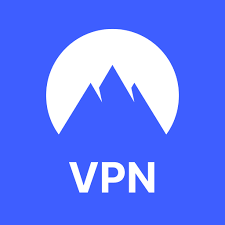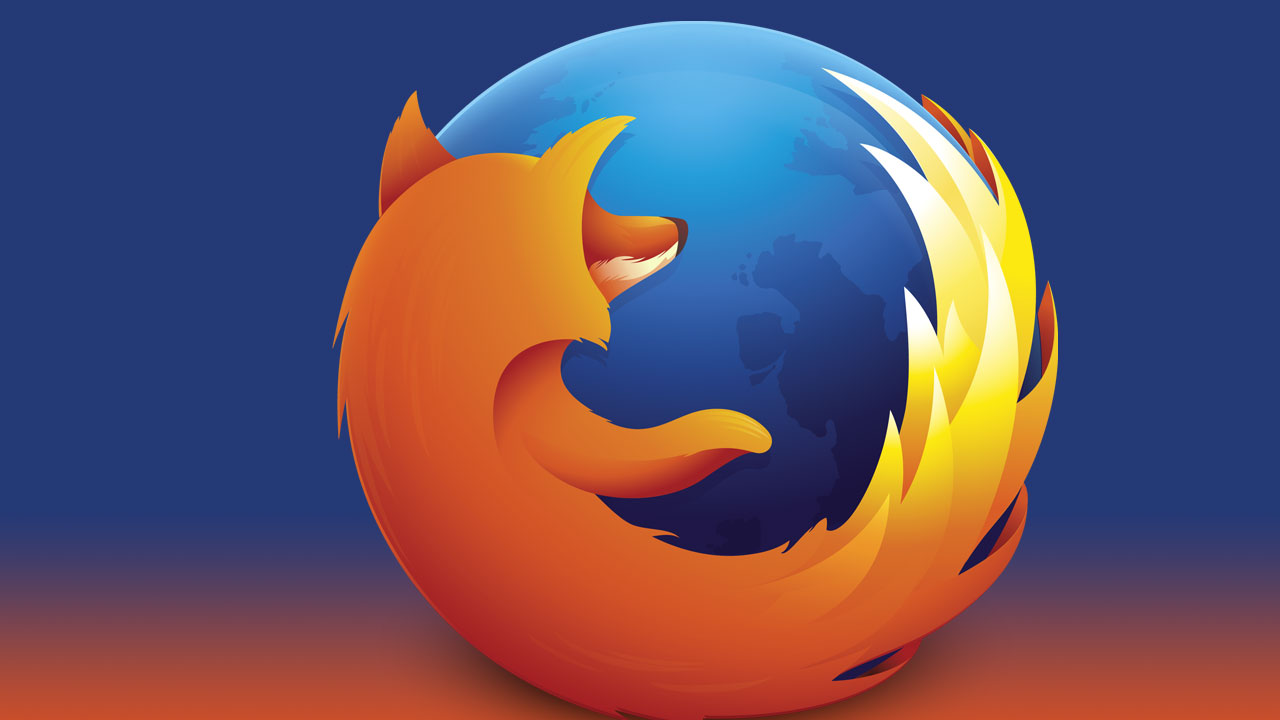Grok is a powerful tool developed by OpenAI designed to help users understand and process data through advanced language models. The name “Grok” is derived from a term in the science fiction novel Stranger in a Strange Land by Robert A. Heinlein, which means to “understand deeply.” In the context of OpenAI, Grok is not just a machine learning tool but a platform that enhances the ability to comprehend and analyze the meaning of text.
Key Features of Grok:
- Deep Semantic Understanding: Grok excels at interpreting and analyzing the deeper meaning behind textual data. It can process complex linguistic structures, context, and subtleties to provide insights that go beyond surface-level understanding.
- Natural Language Processing (NLP): Grok leverages state-of-the-art NLP techniques to analyze, generate, and respond to human language in a way that mimics human comprehension, making it ideal for tasks like chatbots, customer support, and content generation.
- Data-Driven Insights: Grok can process large amounts of structured and unstructured data, extracting valuable insights, patterns, and correlations that can be used for decision-making, research, or automation.
- Contextual Awareness: It maintains awareness of context across interactions, allowing for more coherent and meaningful conversations over time.
- Adaptability and Learning: Grok is designed to continuously adapt and improve through ongoing interactions, making it more effective over time in understanding specific domains or tasks.
- Automation and Efficiency: By automating data analysis and language processing, Grok can significantly increase efficiency and reduce the time needed for complex tasks such as data mining, content creation, and customer engagement.
These features make Grok an incredibly valuable tool for various applications, including business intelligence, AI-powered customer service, content creation, and more.

















